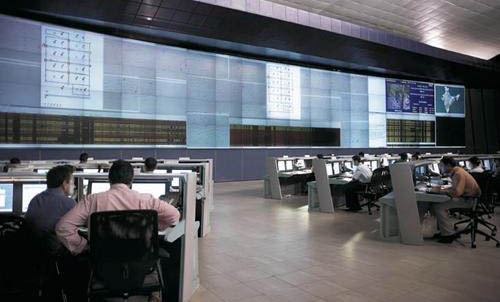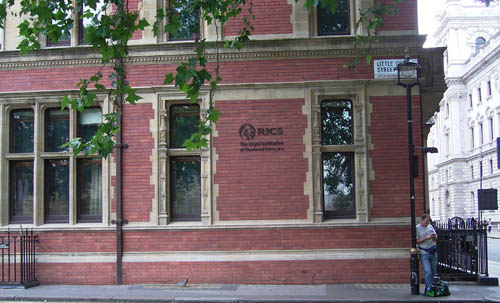
Office space deals drop more than two-thirds in Mumbai
It’s not just the residential real estate market in Mumbai that is going through a slump, the commercial office segment, too, is reeling under a slowdown.

It’s not just the residential real estate market in Mumbai that is going through a slump, the commercial office segment, too, is reeling under a slowdown.

Track2Realty: Consequent to corporate real estate transaction closures during the first nine months of the year across the leading seven cities in the country, CBRE notices the potential generation of office employment opportunities of over 2,70,000.

Track2Realty: The key southern markets of Bangalore, Chennai and Hyderabad together clocked in about half of the total corporate real estate space take-up among India’s leading office markets during the first nine months of the year.

Track2Realty: Sentiments towards commercial real estate investment remains favourable, as India’s economy shows itself to be less vulnerable to the overall slowdown as compared to other Asia economies.

India, New Zealand, and Singapore saw annual leasing growth of over 30% in Q3 2024. Demand across the top 11 countries in the APAC region rose by 10.7% YoY, reaching 2.2 million sqm (23.7 million sq ft) in Q3 2024. India continued to lead APAC office market activity, driving over 70% of the total demand during Q3 2024. The Asia Pacific office market is predicted to grow in 2025, with new Colliers’ data showing demand across top markets surging 10.7% year-on-year (y-o-y) in the third quarter of 2024.

In the post-pandemic era, demand recovery in the office market has been swift, following a steep ‘V-shaped’ recovery trajectory. After subdued demand in 2020 & 2021, leasing activity had fully bounced back by 2022. In fact, since 2022, each year has been witnessing new all-time-high Grade A office space uptake at India level. With strong, consistent demand, average rentals have also surpassed the pre-pandemic levels (2019) across all the six major office markets for the first time in 2024. The rental recovery in the Indian office market, albeit relatively slower than the demand recovery trajectory has finally been fully complete, thus forming an elongated ‘U-shaped’ pattern.

Office leasing is likely to record a historic high of ~70 mn. sq. ft in CY 2024 across top 9 cities in India as per current estimates, says ‘CBRE India Office Figures Q3 2024’. The last highest office leasing was recorded in CY 2019 at 66.6 mn. sq. ft. The office demand will be driven by both global and domestic occupiers, who are expected to continue expanding their operations and consolidating their facilities to strengthen their market presence. GCCs are poised to expand significantly in India, accounting for about 35-40% of the total office leasing.

97% of employees and 98% of employers in India surveyed by Unispace say they are satisfied with their hybrid working arrangement. Employees in India are least likely to spend time at their desks while working from the office (50% vs. 64% globally). Subsidized travel (i.e. parking or public transportation), access to training and development programs, and free drinks, coffee and snacks rank as the top three reasons for Indian employees to spend more time in the office. Worldwide, employers’ confidence in their workplace’s capacity to foster innovation shows a downward trend.

Strong leasing activity in the first three quarters of 2024 has pushed Grade A office space demand to 46.7 million sq ft across the top six cities of the country. Building on the momentum in first half of the year, Q3 2024 saw space take-up to the tune of 17.3 million sq ft, a 31% year-over-year (YoY) growth. Bengaluru and Hyderabad accounted for over half of the leasing activity during this period. Bengaluru registered its highest ever leasing in any quarter at 6.3 million sq ft, continuing its dominance in the office market. Pune, notably, with 2.6 million sq ft of leasing activity, recorded 2.6X times space take-up compared to Q3 2023.

Location continues to be of significant importance to occupiers, with about 60% respondents considering it as the most important parameter for expansion. Interestingly, while expanding, occupiers are likely to lean towards flex spaces with attractive offerings in central areas as compared to facilities in peripheral areas. Going ahead, about 45% of surveyed occupiers would opt for future expansion through flex spaces in CBD/SBD locations of tier I or tier II cities. In terms of work-place strategy, flex spaces are likley to champion distributed work models. About half of the larger companies including Global Capability Centers (GCCs) and MNCs envisage flex spaces to act as both hub and spoke offices in the next few years.
